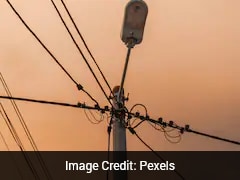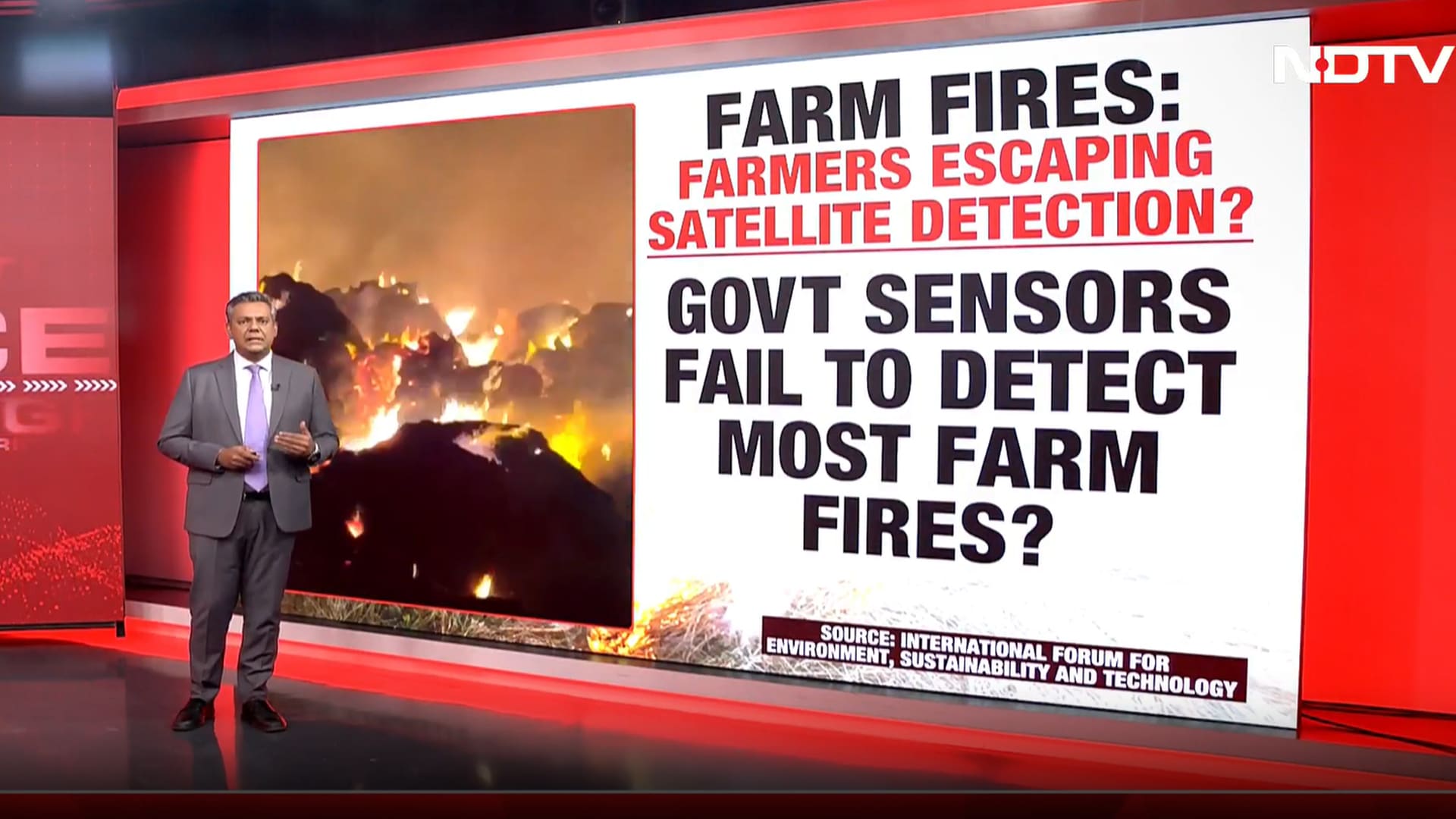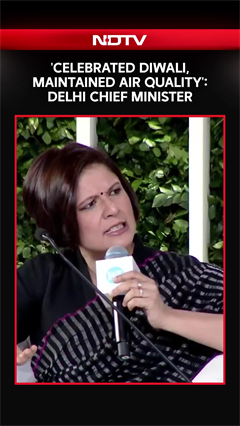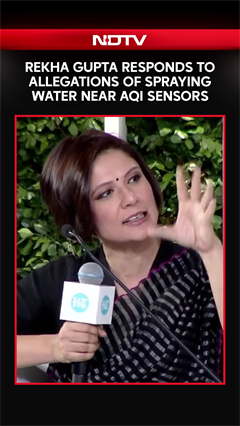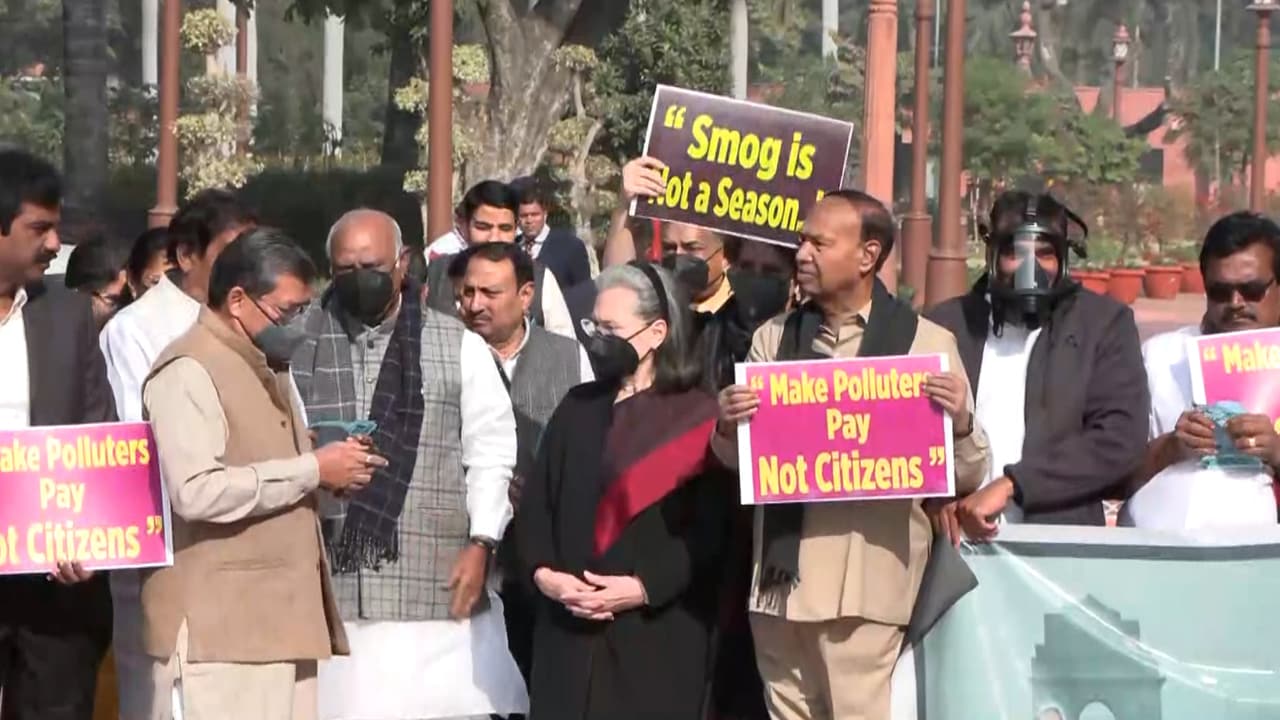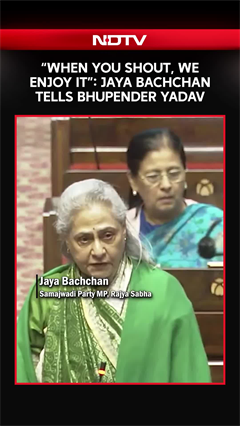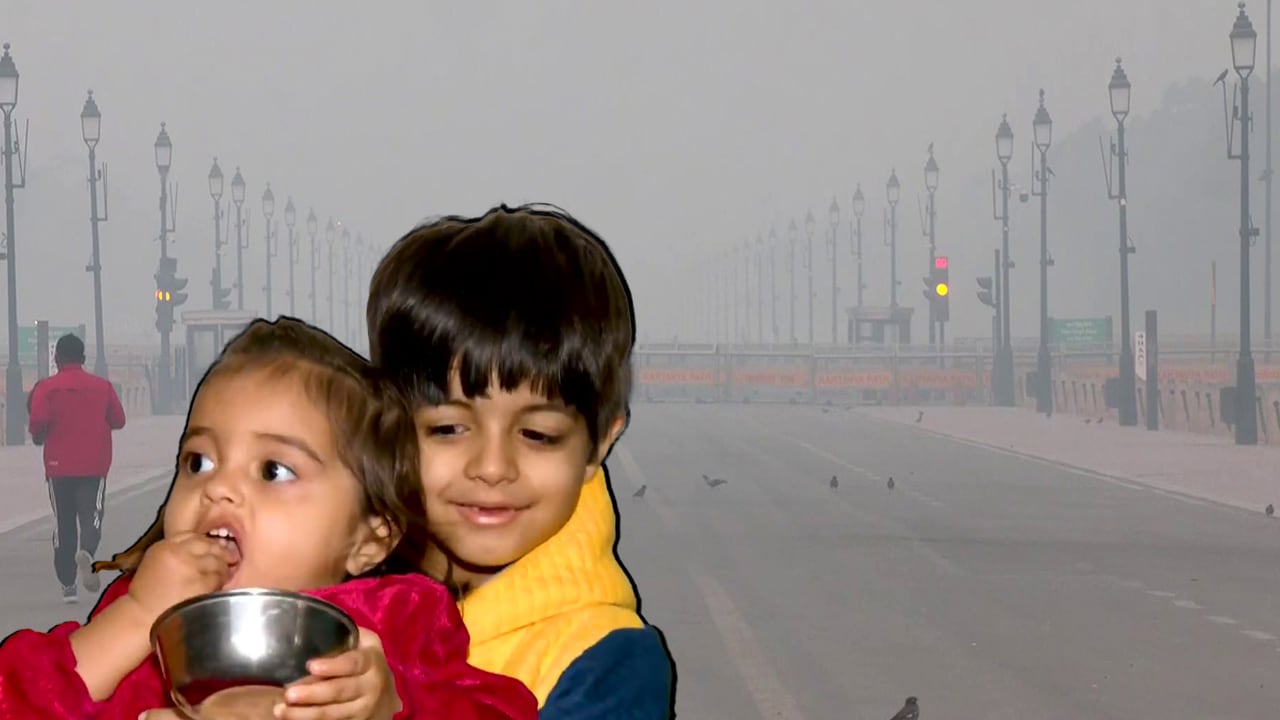- Home/
- Firecrackers, Pollution And Your Lungs: Be Prepared Ahead Of Diwali Smog Season
Firecrackers, Pollution And Your Lungs: Be Prepared Ahead Of Diwali Smog Season
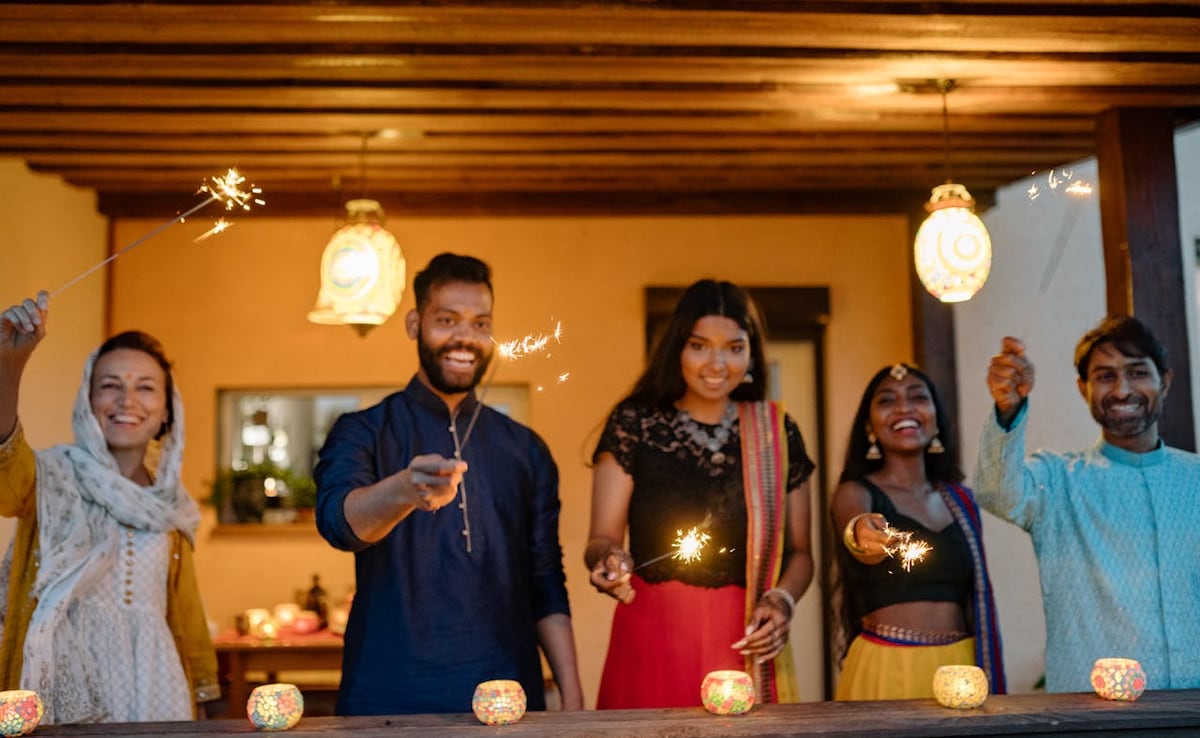
Every October, as the festive season lights up homes across India, the skies above Delhi-NCR turn grey with smog. This year, the Air Quality Index (AQI) has already crossed the 'very poor' mark in several areas, according to the Central Pollution Control Board (CPCB). PM2.5 levels in the city are currently hovering around 250-300 ug/m3, nearly five times the safe limit prescribed by the World Health Organization (WHO). While stubble burning, vehicular emissions, and low wind speed are key contributors, the burst of firecrackers during Diwali acts as the final spark that loads the air with heavy metals, sulphur dioxide, and ultra-fine particulate matter. These toxic elements settle deep inside the lungs, triggering respiratory illnesses that can turn fatal for those with pre-existing lung or heart conditions.
Amid growing public health concerns, experts are sounding the alarm once again. Dr Ravi Shekhar Jha, Director and Unit Head of Pulmonology at Fortis Hospital, Faridabad, warns that this time of year demands extra caution not just for those with lung diseases, but for everyone breathing Delhi's polluted air.
The Toxic Mix Behind Diwali Smog
"Every year around Diwali we see a sudden but predictable spike in air pollution. This is not solely due to Diwali or firecrackers but also due to winters and slow air movement," explains Dr Jha.
As temperatures drop, the atmosphere traps pollutants closer to the ground, a phenomenon known as temperature inversion. When firecrackers are added to this stagnant mix, they release a dense cloud of smoke and chemicals that worsens the situation. "Firecrackers add a dense mix of smoke and chemicals to an atmosphere that is already burdened by vehicle exhaust, crop stubble burning and stagnant winter air. The result is a sudden jump in very fine particulate matter, PM2.5 and PM10, as well as gases like sulphur dioxide and nitrogen oxides," he says.
These fine particles are particularly dangerous because they can travel deep into the lungs and even enter the bloodstream. Studies have linked short-term exposure to elevated PM2.5 levels with spikes in asthma attacks, heart failure, and hospital admissions for respiratory distress.
Who Is Most At Risk?
According to Dr Jha, the groups most vulnerable during Diwali include:
- Children, whose developing lungs are more sensitive to irritants.
- Elderly individuals, whose immune systems are weaker.
- Patients with asthma, COPD, or heart disease, who may experience severe exacerbations.
"For people who already have asthma, COPD or any chronic lung condition, this can trigger severe coughing, wheezing or breathlessness within minutes of exposure," says Dr Jha. "Even healthy adults often complain of throat irritation, burning eyes, and reduced exercise tolerance after spending time outdoors during the festival."
The short-term impact is visible in emergency rooms. "In the short term, we notice more emergency visits for asthma attacks, acute bronchitis and allergic flare-ups," he notes. But the long-term consequences are even more concerning. "Repeated exposure to polluted air accelerates lung ageing, contributes to chronic bronchitis and early-onset COPD, and increases the risk of heart disease."
Air Pollution And Smog: A Silent Burden On Public Health
According to a Lancet Planetary Health study, air pollution contributed to over 1.6 million deaths in India in 2019, with respiratory and cardiovascular conditions leading the toll. The Global Burden of Disease report also identifies PM2.5 exposure as one of the top risk factors for premature mortality in India.
Delhi, Gurugram, and Noida frequently top global charts for poor air quality. The IQAir World Air Quality Index (2024) placed Delhi as the world's most polluted capital, with an annual average PM2.5 concentration nearly 20 times the WHO limit.
These statistics underscore what Dr Jha and other pulmonologists see daily, a rising number of patients with chronic respiratory illness, reduced lung function, and persistent cough even among non-smokers.
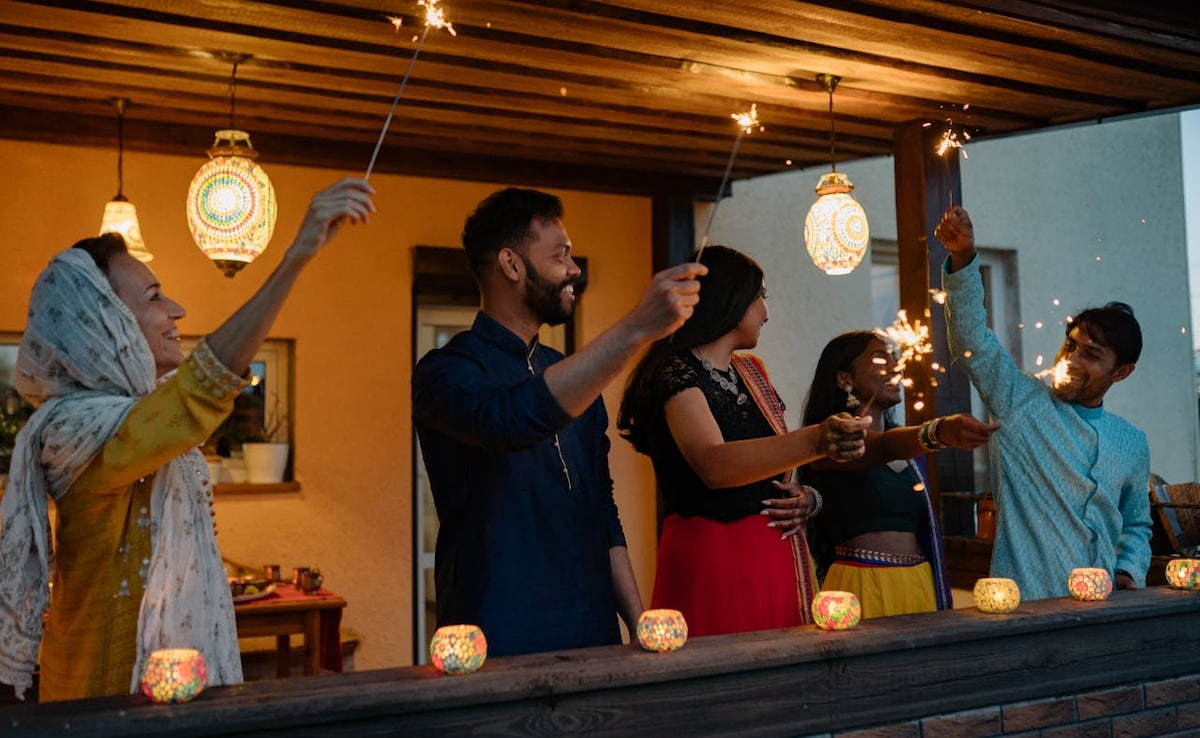
Delhi, Gurugram, and Noida frequently top global charts for poor air quality
Photo Credit: Pexels
Precautionary Measures To Protect Your Lungs This Diwali
Dr Jha urges everyone to take simple but effective precautions during this festive season:
"Try to stay indoors when pollution peaks, usually during and just after firecracker use. Keep windows shut and use an air purifier if possible. Well-fitted N95 masks are useful if you must step out," he advises.
He further adds, "People with asthma or COPD should keep their inhalers handy and ensure they're on regular controller treatment before the festival. Parents should avoid letting children with asthma light crackers or spend long periods outside."
Public health experts also recommend:
- Monitoring AQI through verified apps or CPCB data.
- Avoiding early morning walks or outdoor exercise when smog concentration is highest.
- Using indoor plants and HEPA purifiers to reduce indoor pollution.
- Hydrating well and including antioxidant-rich foods such as fruits, turmeric and leafy greens to support lung health.
Moving Towards Cleaner Diwali Celebrations
While Diwali is synonymous with lights and joy, Dr Jha reminds us that "festivals should bring joy, not illness." He emphasizes the importance of collective responsibility: "Cutting back on high-smoke fireworks and encouraging community celebrations with less polluting options can make a real difference to the air we all breathe. Protecting our lungs now means fewer health problems for the next generation."
The Supreme Court of India has repeatedly emphasized the need for pollution control during Diwali, including restrictions on high-emission firecrackers and promotion of green crackers. However, enforcement remains inconsistent. Experts suggest that stricter implementation, coupled with public awareness, can help curb seasonal pollution spikes.
Diwali Should Be A Time To Breathe Better
As Delhi-NCR gears up for Diwali, the choice between dazzling skies and breathable air quality becomes more urgent than ever. Firecracker smoke is not just a fleeting nuisance, it's a public health emergency that adds to an already toxic atmosphere.
Dr Jha's message is clear: "Protecting our lungs now means fewer health problems for the next generation." The onus lies not just on policymakers or enforcement agencies, but on each citizen to celebrate responsibly by choosing joy that doesn't come at the cost of our collective health.
Disclaimer: This content including advice provides generic information only. It is in no way a substitute for a qualified medical opinion. Always consult a specialist or your own doctor for more information. NDTV does not claim responsibility for this information.
References
1. Central Pollution Control Board (CPCB) - Daily AQI Bulletin, October 2025
2. World Health Organization (WHO) - Global Air Quality Guidelines, 2021
3. The Lancet Planetary Health (2020). The Impact of Air Pollution on Mortality in India.
4. IQAir World Air Quality Report 2024
5. Interview inputs from Dr Ravi Shekhar Jha, Director & Unit Head, Pulmonology, Fortis Hospital, Faridabad
also read
Latest Stories
- Press Trust of India | Wednesday December 10, 2025 , New Delhi
Amid high pollution levels in the capital, the Delhi Pollution Control Committee (DPCC) has issued directions mandating a strict ban on the use of coal and firewood in tandoors across all hotels, restaurants and open eateries in the city.
- Press Trust of India | Monday December 08, 2025 , New Delhi
Delhi's air quality remained locked in the 'very poor' category on Monday, with the air quality index (AQI) staying above 300, while forecasts suggest that pollution levels are likely to deteriorate further.
- Reported by Ashwine Kumar Singh | Monday December 08, 2025 , New Delhi
Delhi Chief Minister Rekha Gupta's remarks about the government using mist sprayers to contain pollution at hotspots has drawn a stinging response from her predecessor Arvind Kejriwal.
- Written by Rupashi Chhabra | Monday December 08, 2025
Maintaining lung health is essential for longevity. Here are five simple steps to perform an anti-pollution lung detox for long-term well-being.
- Edited by Astitva Raj | Sunday December 07, 2025
His post clearly explains the various daily challenges he faced after moving to India from Ireland.
................................ Advertisement ................................
Latest Videos
Opinion
Blog | Well Done, Delhi. You've Turned Lung Sacrifice Into A Badge Of HonourSaikat Kumar Bose
Monday November 10, 2025Till some years back, Delhiites would ask angry questions to those in power about the capitals annual tryst with toxic air. This has changed. Those in the driving seat dont see the need to answer now.
Opinion | Why Indians Have Just Given Up On Air Pollution CrisisTanushree Ganguly
Friday December 20, 2024While some may argue that people in Delhi are now more aware of air pollution than they were a decade back, my rebuttal would be that awareness does not mean that people are concerned.
Opinion | You Must Outrage Over Filthy Air More Than Once A YearJyoti Pande Lavakare
Tuesday December 10, 2024Delhi welcomed us with monsoon rains and mangos. We were home. Fast forward a couple of years, in the winter of 2012, I found myself in denial about something other parents, mostly expats, were calling toxic air.
Opinion | Delhi's Air Pollution Situation Is Like A Bad MarriageNishtha Gautam
Friday November 22, 2024On a good day, such as today, the AQI reading in Delhi is 407. We are jubilant at the sickly sunshine trickling through the slightly dissipated smog. At least its not 1600.
दिवाली... पराली... सियासी जुगाली!Ashwini kumar
Monday November 18, 2024दिल्ली-एनसीआर में प्रदूषण का समाधान तो आज तक मिला नहीं. हर साल चिंतित होकर हम-आप सांसों की तकलीफ के साथ-साथ दिल और ब्लड प्रेशर के मरीज भी क्यों बनें?







